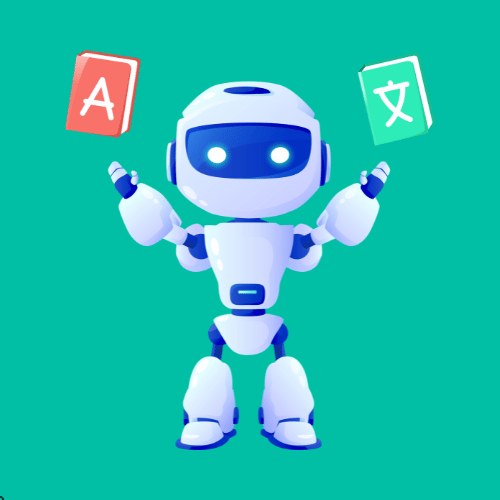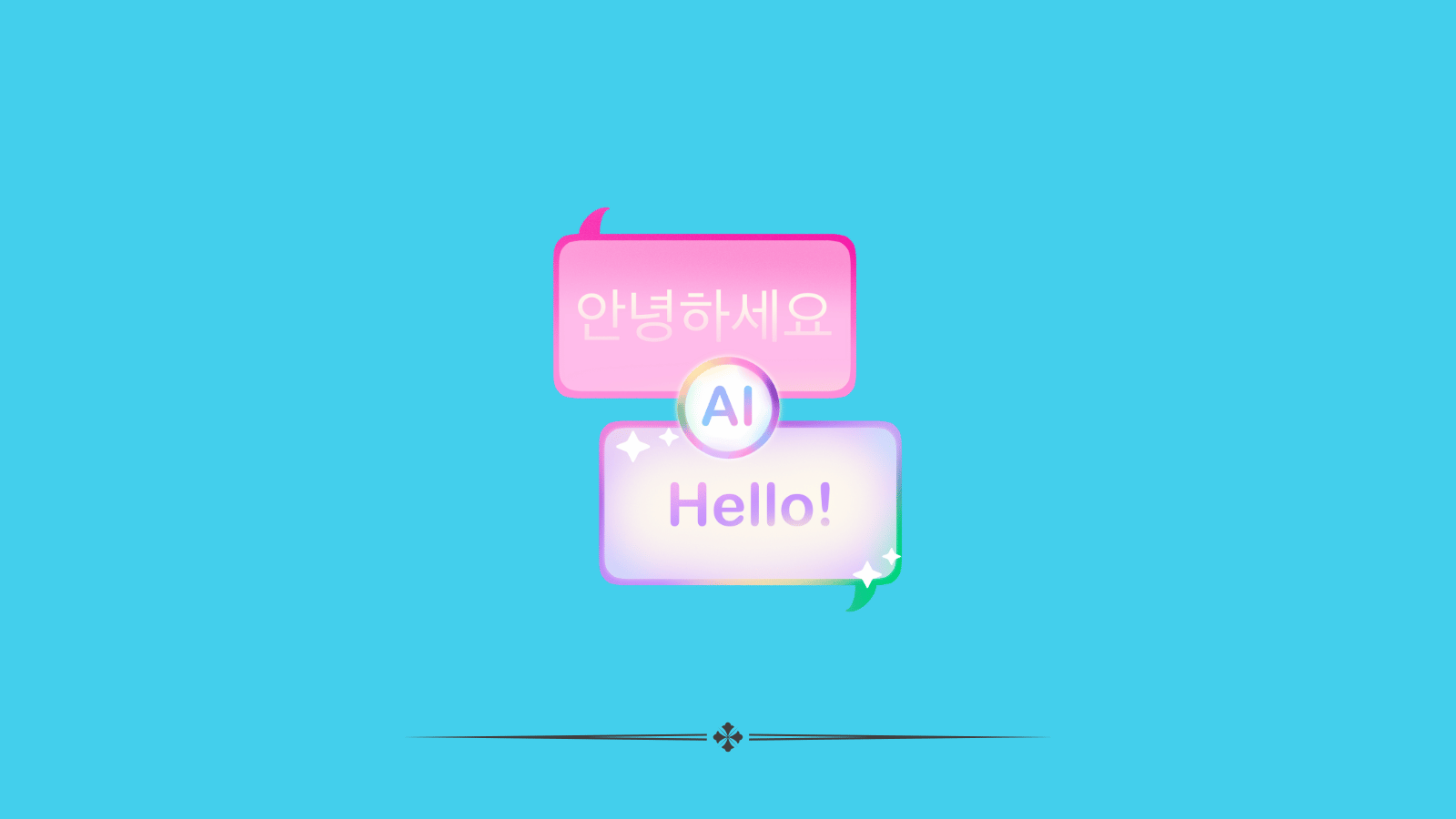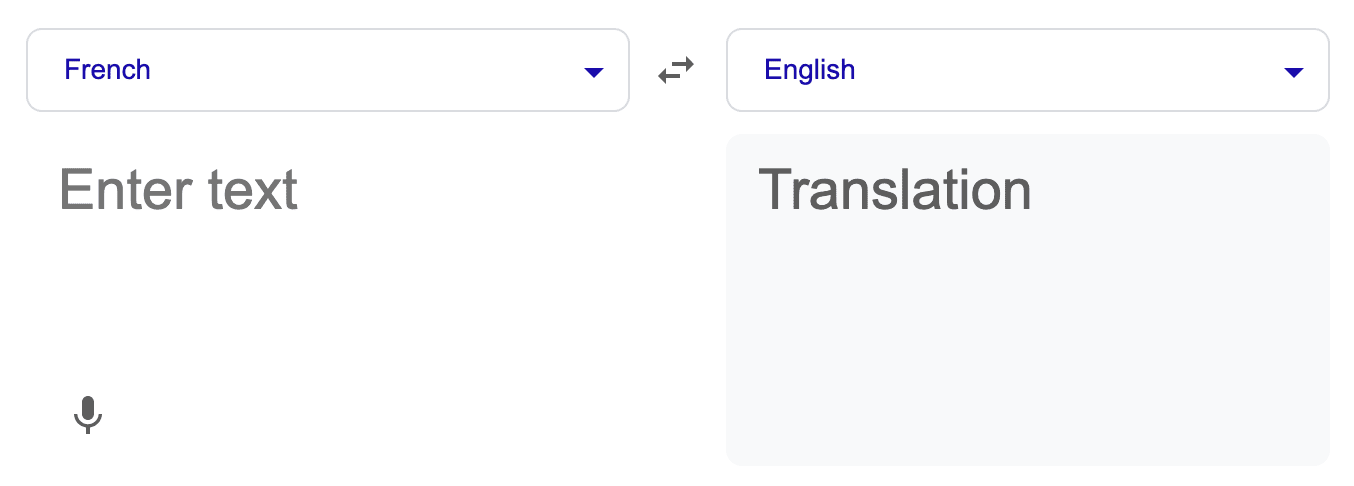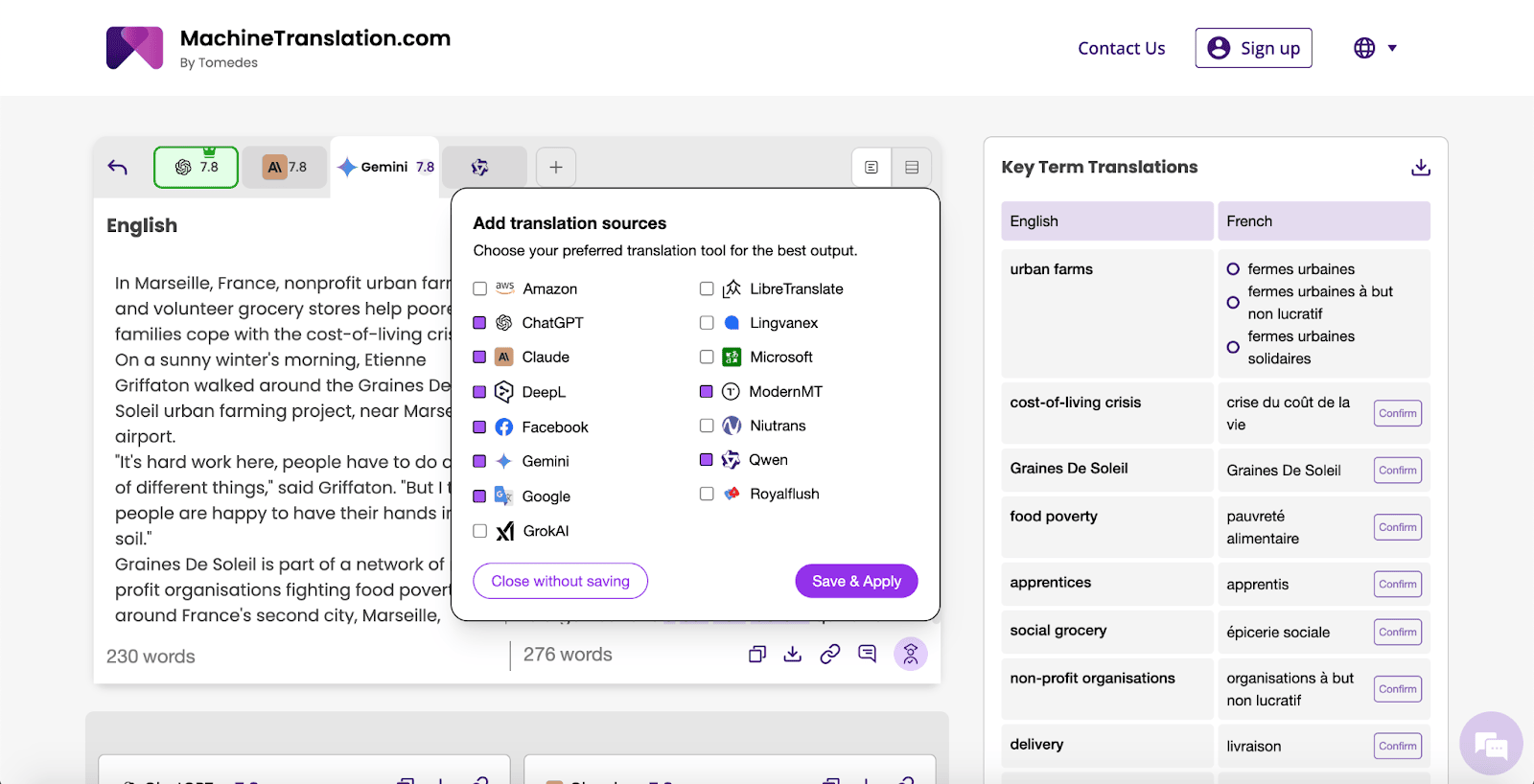Go Global on a Budget in 2025: Smart AI Translation for Nonprofits

When it comes to doing good in the world, non-profit organizations are unbeatable—and they do it all on a minimal budget.
Of the around 2 million non-profit organizations in the United States reported in August 2024, over 1 million of them report having annual revenues below $50,000 US dollars.
That budget has to stretch to accommodate everything an organization needs to run, from resources, funding for outreach programs, and more. Because of this, marketing is often one of the last considerations for nonprofit teams, often done by word of mouth by volunteers or through free platforms like social media, their websites, and fundraising sites like GoFundMe.
Of course, the bigger the audience, the better! The growing usage of Facebook, Instagram, TikTok, Bluesky, and X can help the message of giving spread across borders… until it hits a wall: language.
Nonprofit leaders in the US already report donor acquisition as the top challenge they faced in 2024, much less if the donors you’re courting don’t speak your native language.
That’s where AI-powered translation can open more valuable opportunities for charitable organizations.
Chapters
What is AI translation, and how does it work?

AI translation is the process of using artificial intelligence, specifically neural machine translation (NMT) and large language models (LLMs), to convert text from one language to another.
If you’ve ever used Google Translate, you know how this works: you input text (and sometimes a document, image, or piece of media), then the AI model runs through its body of knowledge to produce a translation that’s as linguistically accurate as possible.

This can help organizations:
- Reaching broader audiences with advocacy and awareness campaigns
- Engage international donors and grantmakers
- Equip global teams with consistent messaging
- Provide inclusive services for diverse communities
Businesses on a budget use these AI-based translation tools together with AI-powered content generators to power their marketing.
What should you look for in an AI translation tool?
Here are a few things to consider when making your choice:
- More languages supported
Most modern translation solutions now offer more languages supported (some with over 270+).
Make sure the AI translation tool you choose covers all the languages you need, especially if it’s a rare one! For example, Spanish and Portuguese aren’t the same as Brazilian Portuguese.
- More convenience
Apart from Google Translate, there are now many contenders in the AI translation space. Ever heard of ChatGPT, DeepL, Grok, and ModernMT?
If you’re not sure which to choose, MachineTranslation.com, the world’s most accurate AI translator, lets users compare and score top LLMs like those, all in one handy tool.

Image from MachineTranslation.com
Developed by leading language service provider Tomedes, the tool offers side-by-side comparisons and quality scoring of translations from the top AI language engines, which makes choosing a translation easier.
- More ways to translate
Now, translation with AI isn’t limited to copy-pasting text.
If you have a document or image to upload, no need to strip the text – most AI translation tools already support translations of uploaded documents as is.
- Lower costs
Many AI platforms offer generous free tiers or discounted nonprofit plans.
Pro tip: Explore what’s available before committing to subscriptions. AI-powered translations already cost less than hiring actual translators (with a lower average price per word), but there are lots of free options available.
In fact, MachineTranslation.com offers 100,000 free words for translation upon sign-up that you can use however you want, which is great for testing the translation tool for yourselves before committing to a subscription.
- More personalization and user involvement
With new advancements in AI technology, users are even spared the clunky word-for-word translation experience of the early days of the internet.
Smart systems like MachineTranslation.com’s AI Translation Agent deliver more value to users by including them in every step of the translation process. For example, users can answer three short questions about their goals after completing a translation to further refine its quality. This can include: the tone they want, their target audience, and more.
The AI also identifies keywords and phrases for translation to ensure that the translations hit the right nuance, especially for terms specific to your nonprofit’s home industry.
Best of all, the AI can remember your linguistic choices and apply them to your next batch of translations. This can be especially helpful for nonprofits with recurring projects or ongoing campaigns—no need to make the same edits over and over again.

Image from MachineTranslation.com
With the right AI translation tool, any member of a non-profit staff team can translate more content at a lower cost, without compromising quality.
But in an industry that is built on cultivating trust and conveying sincerity through real-time communications, that isn’t enough.
The Role of Human Insight: When AI Isn’t Enough
While AI offers speed and scale, it’s not always perfect, especially when nuance matters. Legal disclaimers, fundraising appeals, or culturally sensitive topics may require more than a machine can understand.
This is where human insight plays a critical role. A growing best practice is the hybrid approach: use AI for the initial translation, then refine it with input from linguists, native speakers, or in-house reviewers.
This approach helps:
- Ensure tone is appropriate and culturally sensitive (i.e., for political correctness, DEI).
- Maintain consistency in key terms across campaigns.
- Catch errors or ambiguity that AI may miss, especially when it comes to local slang, connotations, contractions, and more.
- Build trust with local audiences by sounding authentic. People can tell when they’re talking to a robot.
So while AI is getting more advanced, human oversight when speaking to other humans is still a must for the near future.
Luckily, some AI translation tools already come with embedded options for human certification of your translations, saving non-profit staff the time to look for a separate translation agency. Time is gold when saving lives, after all.
Final Tips for Nonprofits Using AI for Translation and Localization
If your organization is exploring AI translation, here are some actionable strategies to get started:
1. Prioritize your core content.
If budget is still a concern, even with reduced costs from employing AI translations, know what to prioritize.
Try to ask yourself: what materials do we have available that can be used to raise interest and reach more potential donors?
Start with your high-impact outreach materials: websites, onboarding docs, training materials, donor communications, or community outreach. These benefit most from being multilingual.
After that, divide your materials to translate per month based on your surplus budget for expenses.
2. Get Feedback from Native Speakers.
You know what they say: nothing beats personal reviews.
Even after springing for human editing on demand, go the extra mile by involving bilingual staff, volunteers, or community partners to review and improve your translated content.
Beyond ensuring accuracy, their feedback can help you find the unique spark that helps your organization stand out from the rest.
3. Take the time to learn and experiment with AI translation.
With AI-powered tools taking user preference and personalization into experience, the translation process will only get better from there.
Like any other AI-based software, AI translation tools need to be trained to perfectly suit the needs of your organization in the long run.
Be conscious when selecting the keyword choices and answering personalization questions to ensure faster and smoother translations in the future.
Moving Forward: Do More with Less
For nonprofits, the path to global reach no longer requires a global-sized budget.
With AI-powered translation and smart human oversight, it’s possible to communicate effectively across borders while staying mission-focused and cost-conscious.
The key isn’t choosing between machines or people—it’s knowing how to use both wisely.
Create more and better content
Check out the following resources and Grow!